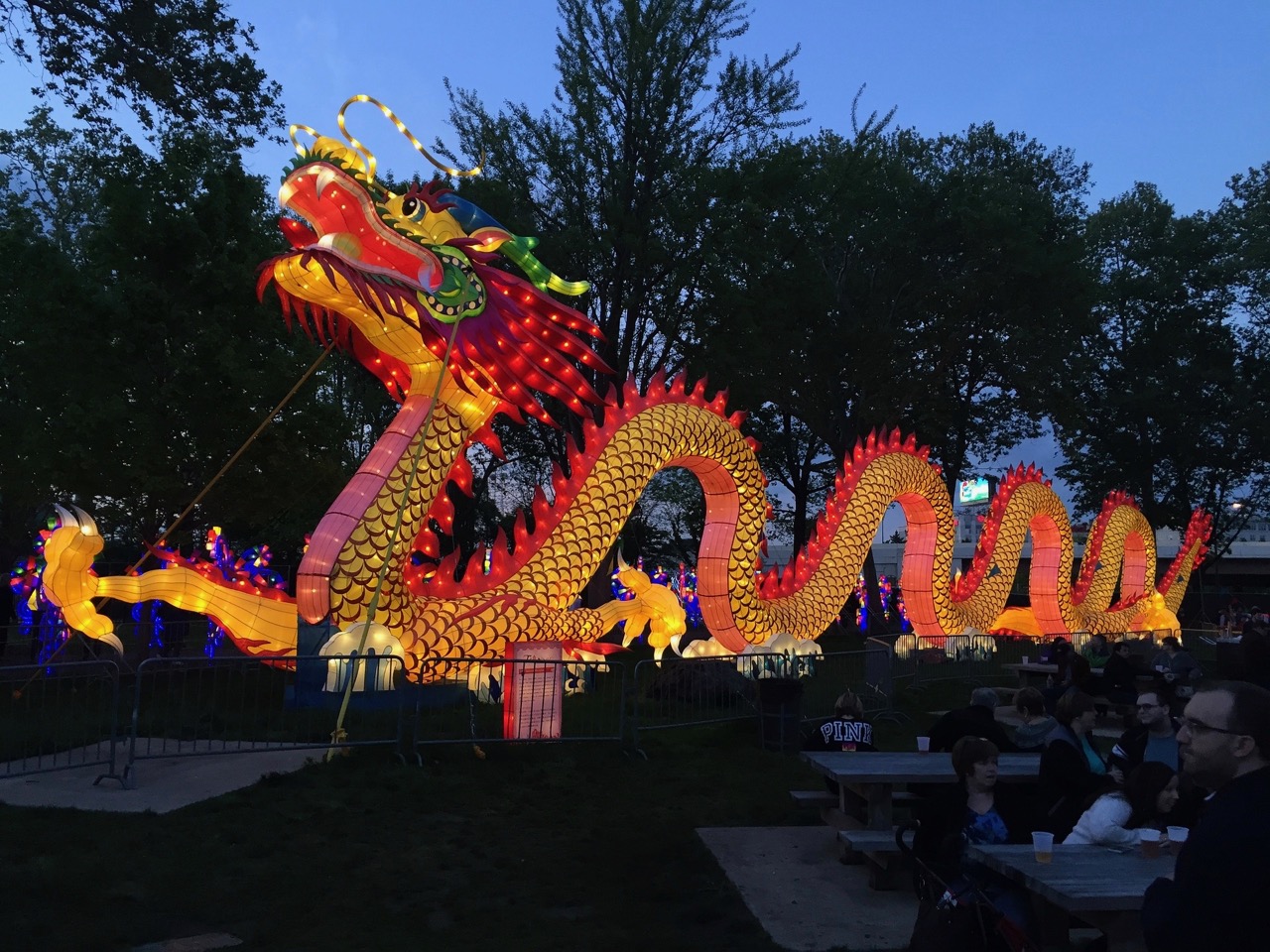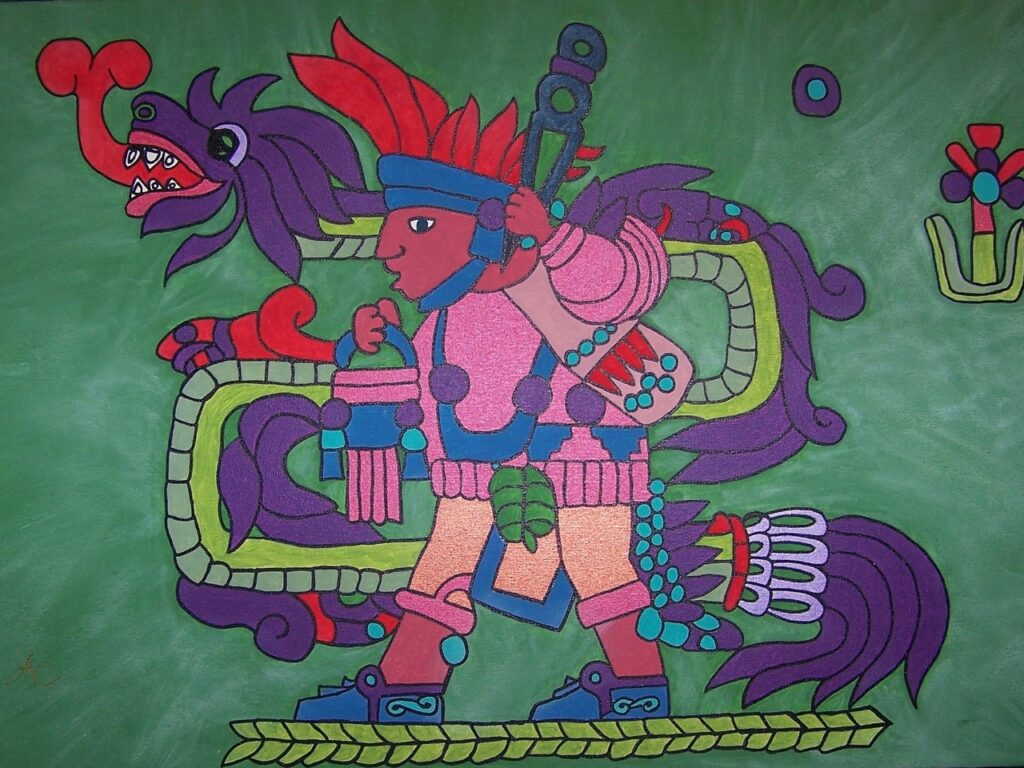Dragons are probably the most common magical creature to appear in myths and legends all over the world. Even now, they make regular appearances in fantasy books/series such as Harry Potter and Game of Thrones. While portrayals differ, they are usually large, serpentine reptiles capable of flying and breathing fire.
But how did dragon myths become such an ingrained part of both eastern and western legends? Here, we’ll take a look at dragons from cultures around the world.
The Chinese Dragon

Chinese dragons have an ancient literary tradition, going back 5000+ years. Unlike in Western culture, Chinese dragons
In Chinese folklore, the Yellow Emperor, the first ruler of China, was
This legend is what turned the dragon into an imperial symbol for many dynasties. Carvings and paintings of dragons feature all over the Forbidden City. These early artistic depictions influenced dragon lore in other Asian countries such as Japan and Vietnam.
In the modern-day, the symbol of the dragon persists. If you’ve ever attended a Chinese new year celebration, you’ll likely see the famous dancing dragon puppet bringing good fortune to households.
Dragons from Mesoamerica

Ancient American
In Incan mythology, the Amaru is a huge double-headed serpent that lives at the bottom of lakes and rivers. In paintings, it often has bird-like feet and wings. This mysterious dragon was able to cross between the boundaries of the spiritual and mortal realms.
European dragons

European folklore often depicts dragons as monsters that exist to be slain by heroic figures. They are associated with
The most famous myth is that of St. George and the Dragon. This myth is still celebrated every year on St. George’s day. The story tells of a monstrous dragon that
A dragon is also the symbol of the Welsh flag, though the origins have been lost to time. It’s possible that it’s related to the tales of King Arthur of Camelot, whose flag also depicted a red dragon.
Egyptian lore

The Ouroboros is an ancient Egyptian symbol featuring a serpentine creature eating its own tail. It is a symbol for the infinite cycle of life, death and rebirth, and has appeared on the tombs of ancient Egyptian Pharos.
It was later adopted by the Ancient Greeks alchemists, and is now known as the oldest symbol in alchemy. The name ‘ouroboros’ literally means ‘tail-devourer’ in Greek. The concept of the ouroboros, or the ‘infinite loop’, has appeared in images and literature throughout the ages. It is a reminder of the cyclical, eternal nature of time and the universe.
Why are dragon myths present all over the world?
It’s quite incredible that dragon myths have popped up in ancient civilizations in completely different parts of the world. As this was well before the time of long-distance travel or communication, we can assume this happened
Some of the most common theories are that the fossils of dinosaur bones sparked the creation of the dragon figure, based on the physical evidence of large bones and teeth that were found.
Another theory is that dragons were inspired by existing animals, such as crocodiles, lizards and snakes. In some cases, dragons were basically blends of existing animals such as birds and snakes.
Lastly, a famous anthropologist has
The Dragon Rider soy candle is a rich, masculine aroma layered with charred woods, spices, and musky florals. Reminiscent of campfires under the stars.



